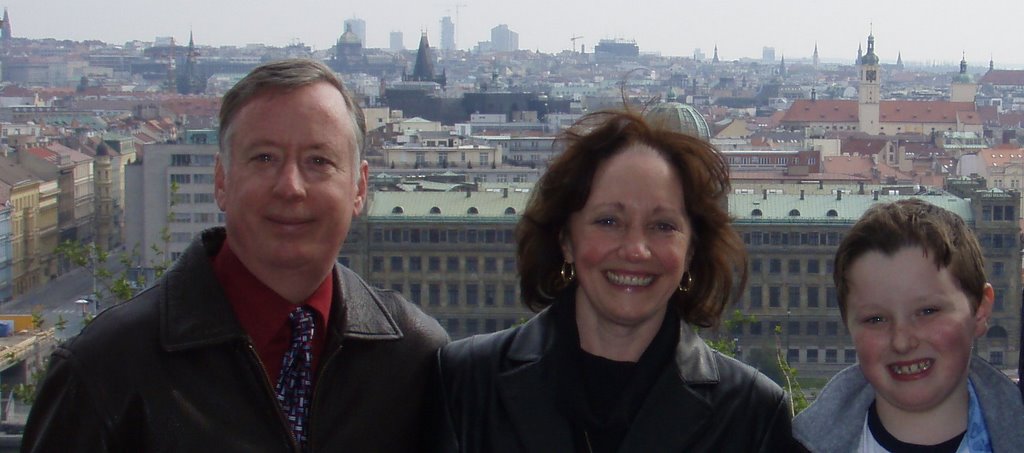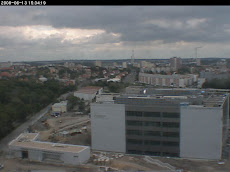On Saturday we made the 45 minute drive north of Prague to Terezin. Terezin is most notable for its role in World War II, as the location of a primary Jewish ghetto and for the political prison also there.
The Jewish cemetary just outside the small fortress.
A fort named Terezin, or Theresienstadt in German, was built by the Hapsburgs in the 1780s to protect against the Prussians to the north. During WWI it was used to house prisoners of war.
From Wikipedia:
The Small Fortress was part of the fortification on left side of river Ohře. Since 1940, the Gestapo used it as a prison (the largest one in the Protectorate of Bohemia and Moravia). It was separate and unrelated to the Jewish ghetto in the main fortress on the river's right side. Around 90,000 people arrived there and were usually sent to a concentration camp later. 2,600 people were executed, starved, or succumbed to disease there. A possible 1,100 children survived of the 15,000 sent there.
The 1st gate of the small fortress with the slogan "Work will set you free". Most of those who died here were worked to death as slave laborers.
Noah stands in the hallway of the building that housed the more than 20 cells for solitary confinement. Conditions here were horrendously bad. Only one of these cells was not used by the Nazis during WWII - Cell #1 had housed Gavrilo Princip, the Serb who assassinated Franz Ferdinand, Archduke of Austria and his wife, starting the First World War, and he died here of tuberculosis in 1918. I was able to enter the cell - it was an interesting feeling.
The shower room of the Small Fortress. Noah asked if this is where the Jews "got acid" meaning the poison gas. But Terezin was not an extermination camp. The Terezin ghetto, like all of the Jewish ghettos, was a place to accumulate Jews before deportation to the East for extermination in places like Auschwitz. Terezin was the western most of the Jewish ghettos.
During WWII, the Gestapo used Terezín, better known by the German name Theresienstadt, as a ghetto, concentrating Jews from Czechoslovakia, as well as many from Germany, Austria, the Netherlands and Denmark. Though it was not an extermination camp, of the over 150,000 Jews who arrived there, about 33,000 died in the ghetto itself, mostly because of the appalling conditions arising out of extreme population density. About 88,000 inhabitants were deported to Auschwitz and other extermination camps. At the end of the war there were 17,247 survivors.
Part of the fortification (Small Fortress) served as the largest Gestapo prison in the Protectorate of Bohemia and Moravia, separated from the ghetto. Around 90,000 people went through it, and 2,600 of those died there.
It was liberated on May 9th, 1945 by the Soviet Army.
Tuesday, January 29, 2008
Terezin
Posted by
Al Tischler
at
10:51 AM
![]()
![]()
Labels: Czech Republic, sights, Terezin
Subscribe to:
Post Comments (Atom)






1 comment:
Leave it to Noah to bring out his best "cheesy smile" at a slave labor camp. I know he didn't mean it, it's like the rain falling...
Post a Comment